The Disappearing of Indonesia’s Rainforests
In early August 2019, I went on a ten-day journey across the Indonesian provinces of North Sumatra and Aceh. The trip was part of a larger project started by a group of conservationists from Indonesia, and an art institute from Taiwan, to inspire action and encourage like-minded individuals who care deeply about protecting the rich natural habitat in Indonesia.
At the crack of dawn, we load our belongings into a mini-van outside our hotel in Medan – the capital of North Sumatra – and prepare for a nine-hour bumpy eastward ride through the muddy and hilly paths. We arrive at a small fishing village just before sunset and hop on a narrow boat with our gear and backpacks. The boat travels up along the Alas River, the setting sun dimly lights up the sky in golden hues. Except for the splashing of waves and rumbling of the motorboat engine, it is quiet and peaceful as the evening falls and we arrive at the Soraya Research Station.
The outpost is located in the Leuser Ecosystem, which consists of 2.6 million hectares of rainforests, peat swamps, and meadows spanning the northern Sumatra. Globally, it is recognized as one of the richest natural rainforest ecosystems and is the only natural habitat where critically endangered species like orangutans, rhinos, elephants, and tigers co-exist. The natural ecosystem is diminishing at an alarming rate due to both human development and climate change.
Kingdom of oil palms
In daylight, patches of oil palms are scattered in the lush greenery on both sides of the river and the narrow boats filled with glazed-black and bright-red seeds of the oil palms; the boats go back and forth across the river, a sign of the burgeoning palm oil industry activities in this natural area that is supposed to be under protection.
We are advised not to use snap photos of the illicit activities.
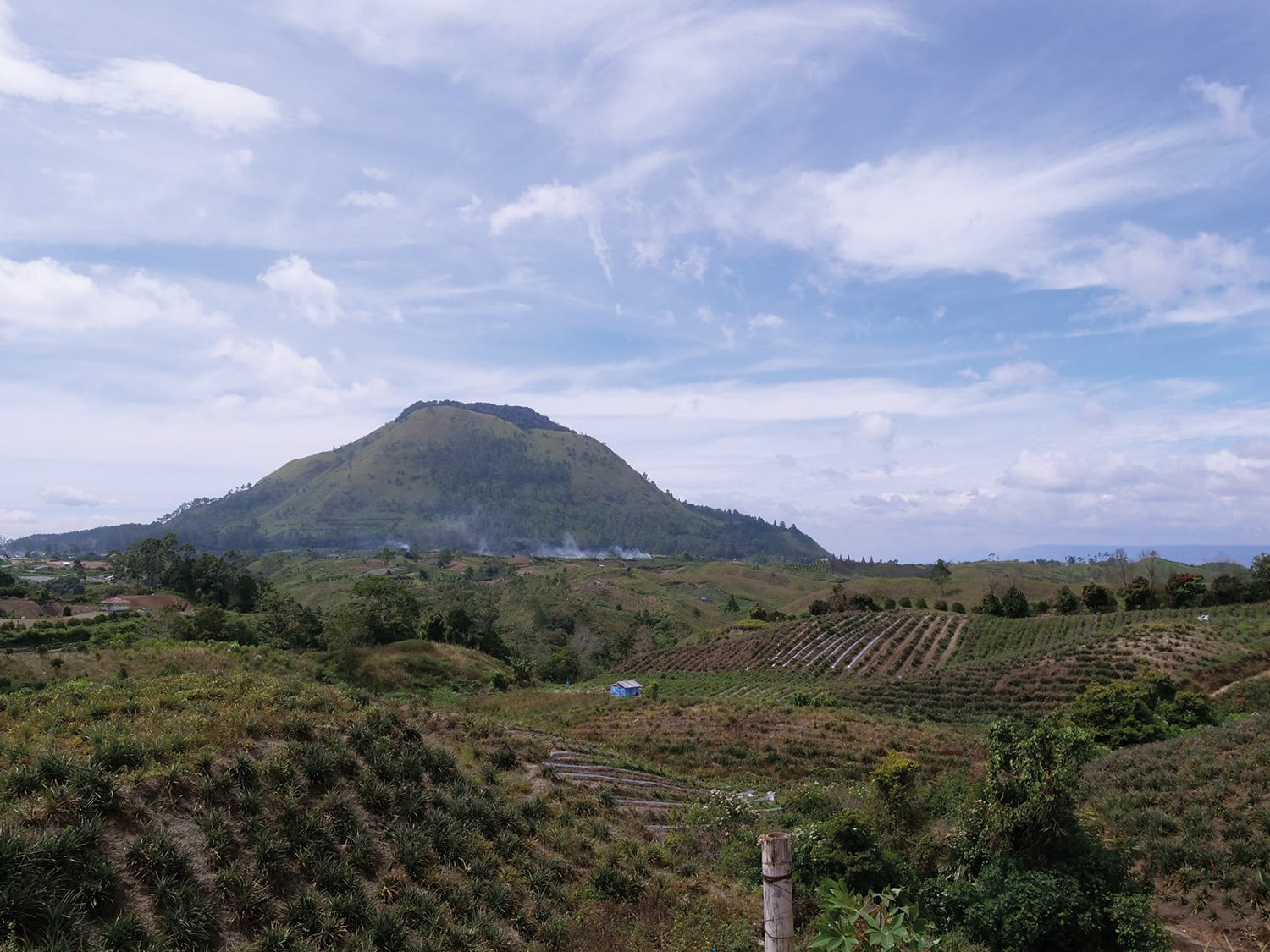
“The oil palm industry supports the livelihoods of millions of workers living in Indonesia. Even so, it is important that the country finds a way to be sustainable,” says Irham Hudaya Yunardi, Communication Officer at the local environmental campaign and advocacy organization called HAkA.
Indonesia is the world’s largest producer of crude palm oil with total output recorded last year reaching 42 million metric tons, according to the Indonesian Palm Oil Entrepreneurs Association (GAPKI). Sumatra and the neighboring islands account for over 90% of the world’s palm oil production.
The booming industry, which contributed around 2.46% to the country’s gross domestic product (GDP) in 2017, comes at a cost on the local rainforest ecosystem. Illegal forest clearing activities take place on the island every day to make way for more economical plants.
The last refuge
Meeting the eyes of an orangutan is perhaps one of the most memorable wildlife encounters I have ever had.
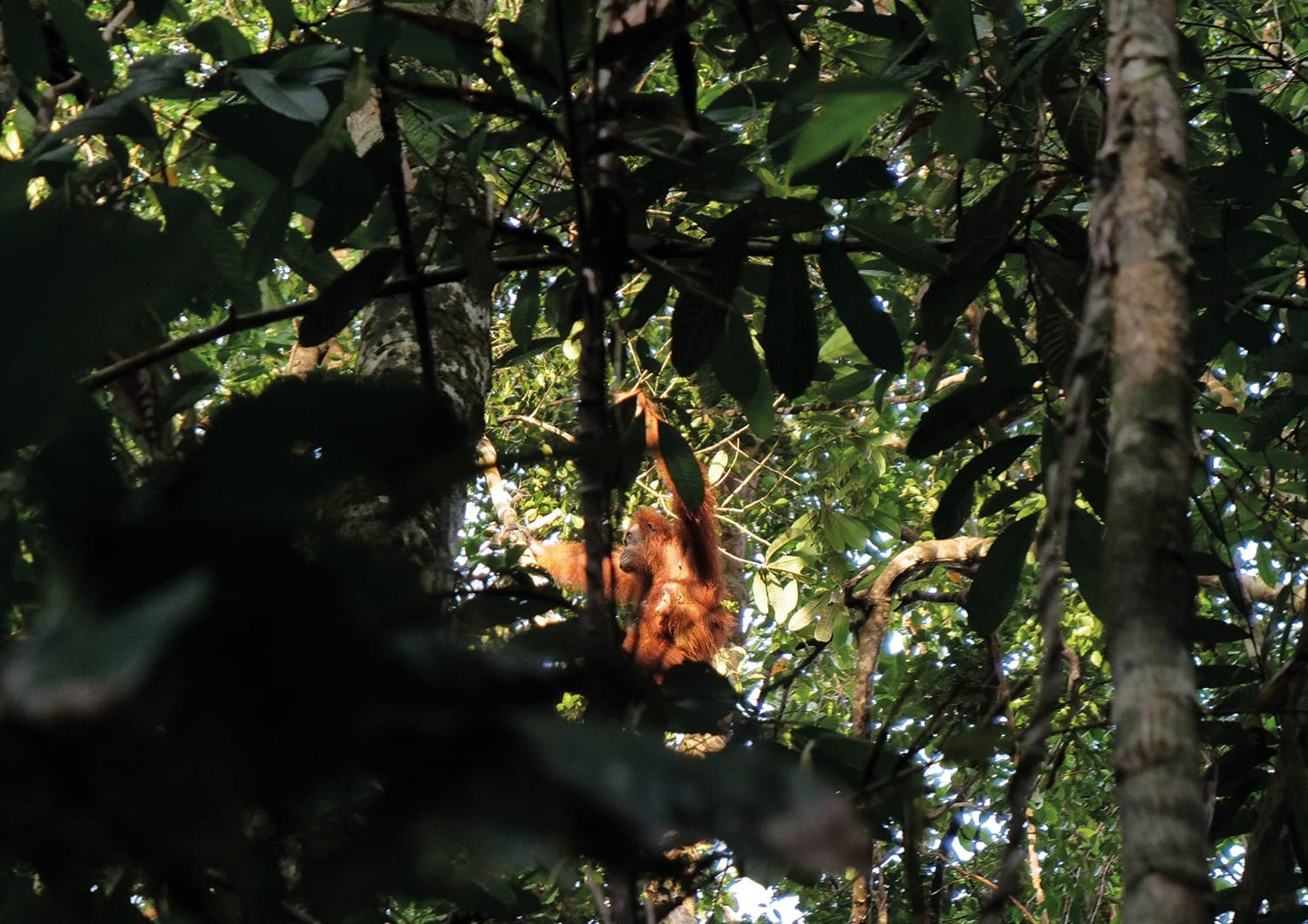
A mother orangutan was feeding in the trees with her baby just on the edge of the forest, a few feet away from the research station. Swinging from one tree to another, the rustling sound of leaves allows us to spot them easily in the abundance of background greenery. Strangely enough, it was not the foreignness, but the familiarity that struck me. Their facial expressions deliver emotions, thoughts, and feelings just like us. And their eyes speak, just like ours.
Sumatra and the neighboring islands account for over 90% of the world’s palm oil production.
The orangutan population that resides in the forest has adopted its unique culture, according to a German researcher at the research station. In fact, the language and behavior of orangutan populations on the Sumatra island vary with their geographic location, which suggests that losing a population of orangutans would mean losing a unique culture. There are not many of these orange furred creatures left in the region anymore. The effects of climate change and man-made fires have led to the loss of their habitat and vital sources of food.
Warmer, drier summers
After spending four days at Soraya, we head north-west to the peat swamp at the SUAQ Balimbing Monitoring Station, an outpost dedicated to studying the orangutan species located on the border of Gunung Leuser National Park. Straddling the border of North Sumatra and Aceh, the national park covers roughly 1 million hectares of tropical rainforest.
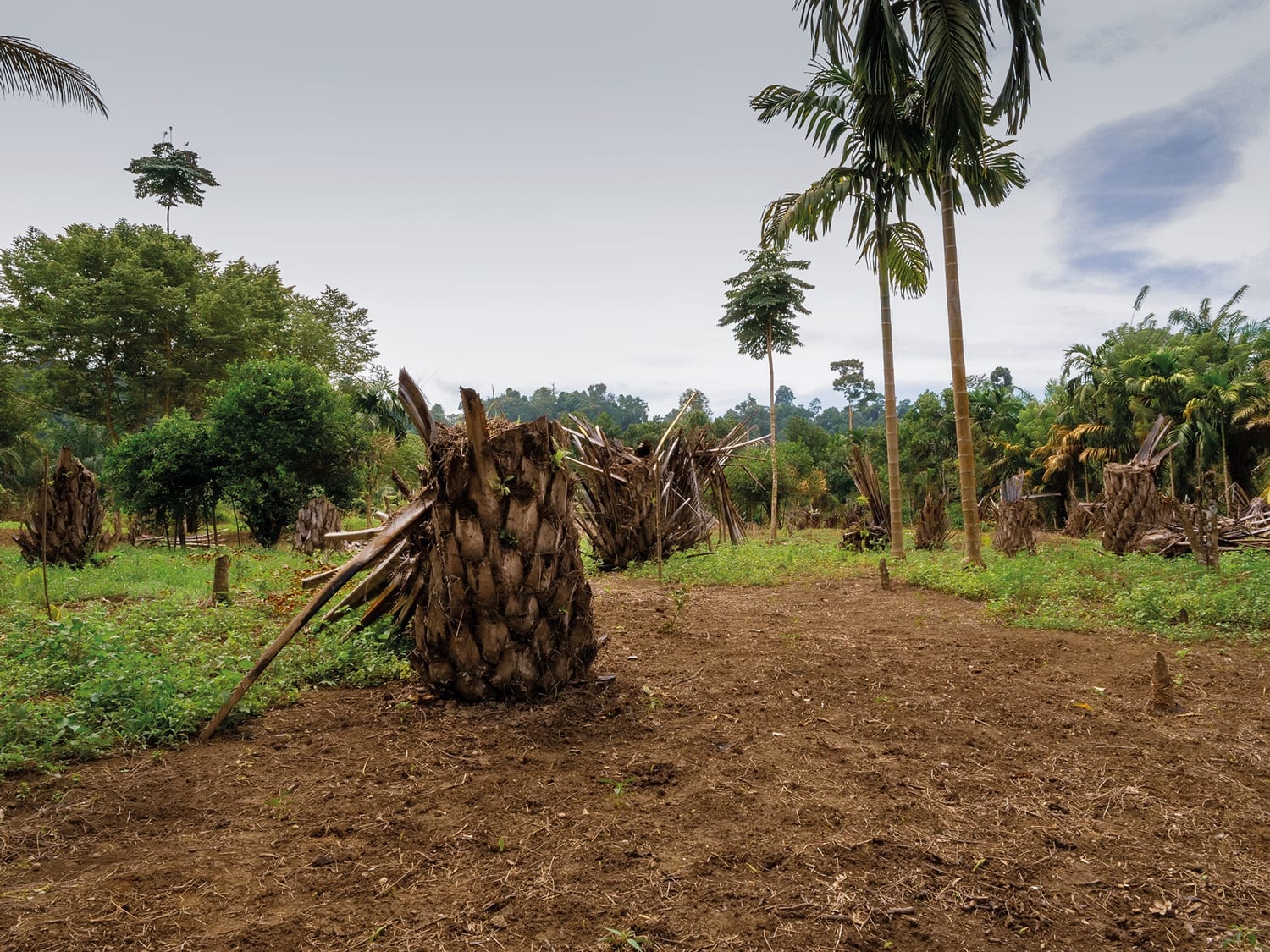
The boat trip into the peat swamp was a rough ride. The water level of the river that leads into the peat swamp was significantly lower than normal levels during dry seasons, so much so that our boat had trouble passing. The warming climate not only dried up the water in the river but affected the water quality as well, leading to a noticeable drop in the number and diversity of wildlife species, according to the rangers of the national park.
The rise in temperature in South-East Asia, new research shows, can be attributed to deforestation.
I wonder: if a nature reserve (supposedly protected from the harms of tourism and commerce) cannot be spared the environmental consequences, what can?
The Alas River snaking through the Leuser Ecosystem is the life source for all living things that reside in the area, including the wildlife in the river and on land, as well as the people living in villages along the water.
“Sometimes people miss the point, we think that forest protection efforts are done to save the wildlife,” says Yunardi. Protecting the local ecosystem from exploitation also means protecting the livelihood of local communities that reside on the island. Yunardi says:
“The forest is very important to the people of Aceh because for generations they have depended very much on the existence of the ecosystem for their livelihood – the source of water, the source of clean air, the source of food, and the source of medicines. Especially for the people living in surrounding villages, it is very important to protect the forest because it could mean that we are putting lives in danger.”
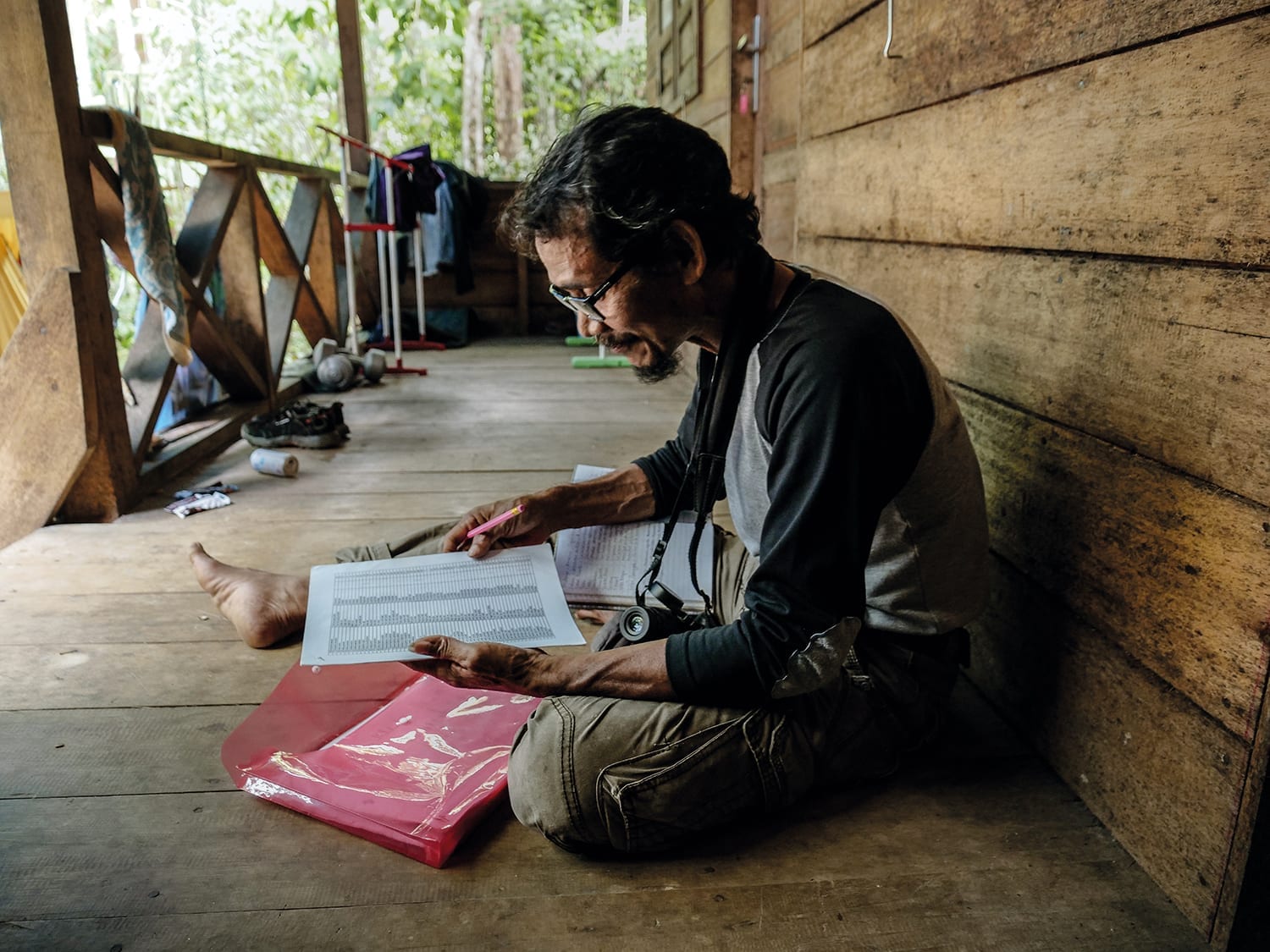
Continuing down the Alas River, at first glance, the shrubs and forests in the protected rainforest reserve appear lush and green, but shortly, signs of human disturbance were difficult to ignore: patches of land exposing bare soil underneath, the water in the river barely knee-high, and fishing boats whizzing by filled with palm oil seeds.
The rangers who have been traveling to the rainforest for several decades noted the intensifying dry seasons, which caused the river’s water quality to lower. Much of the wildlife in the forest and in the river, many critically endangered species, are losing their natural habitat. The Leuser Ecosystem makes up the largest carbon sink in Asia. Increasing deforestation and land-clearing activities have contributed to the rising temperature in the region, air pollution-related diseases, and even deaths.
Initiatives by local conservationists, activists, and indigenous groups are making efforts to slow down the accelerating process. Each of them possesses deep knowledge about the trees, the wildlife of the rainforests, and what keeps the ecosystem in balance. These groups have been doing their part by assisting international research studies about the local rainforest ecosystem, by promoting local conservation activism, and by preserving natural resources in the area.
One of them is a professor at Banda Aceh. We nicknamed him “Mr. Butterfly” because he studies local butterfly species. He is a thinly-built Indonesian man with a signature mustache. He comes to Soraya Research station every few years for his study. He’s filled with fun facts about the local insects such as the mud-puddling butterflies that suck essential minerals off damp patches of ground and the bees that build underground nests.

Another is Ibrahim – a research assistant with Leuser Conservation Forum – Forum Konservasi Leuser (FKL) that works with resident researchers coming from all over the world in their studies to help collect data. He has spent the past thirty years in the rainforests. He could name out most of the wildlife inhabiting the forests, and the trees and the fungi that grow from the rainforest ground.
For Ibrahim, changes come through learning about the forest and understanding that each living thing helps maintain the fine balance of the ecosystem. Ibrahim believes through research and collaboration, there can be a positive impact on the forest ecosystem:
“Raising awareness can be done locally and internationally, having people from other countries that come here to conduct research and projects and share knowledge about what is happening on the ground is important.”
Landscape restoration
Efforts to recover and preserve the Leuser Ecosystem has not been without tribulation.
The Soraya Research Station is one of the few things that survived the conflict in Aceh. It was burned to the ground during the turbulent period of political uprising, so badly damaged that it had to be closed down. It remained unoccupied for 15 years. Local organizations, including FKL, helped rebuild the research outpost and bring it into operation in 2017. During the turbulent period, the number of international researchers declined sharply.
However, today the conservation efforts have sprung into action. The organization set up “recovery sites” around monitoring outposts. At bothSoraya and Suaq, they purchased hectares of land from the owners of palm oil plantations, cut down the trees, and repopulated the area with seedlings of a mix of native trees and fruit trees such as durian, betel nut, and snake fruit trees. The wildlife is expected to come back to the restored land. They do so in collaboration with locals from neighboring villages, who get to keep all the proceeds from the fruits they harvest.
“It is a very positive result, yielded from years of conservation efforts, that researchers are traveling from Europe, the Americas, and other parts of the world to the Sumatra island to study orangutans and the local ecosystem,” says Subhan, camp manager at SUAQ Balimbing Research Station, which was born out of a collaboration between the University of Zürich, Sumatra Orangutan Conservation Project (SOCP), and the Universitas Nasional Jakarta (UNAS). The research station works with international organizations, institutions, and local communities downstream on socialization and education projects. The camp runs an education program at primary schools in the area, which is expected to extend to middle and high school.
Conservation through art
Climate change is clearly one of the biggest challenges for our generation, and more than ever, there is a heightened awareness about rainforest protection, partly because of the 2019 fires that captured the world’s attention. It is important for local activism and grassroots initiatives to roll into action, and for everyone to start learning more and participating in their own way to protect forests.
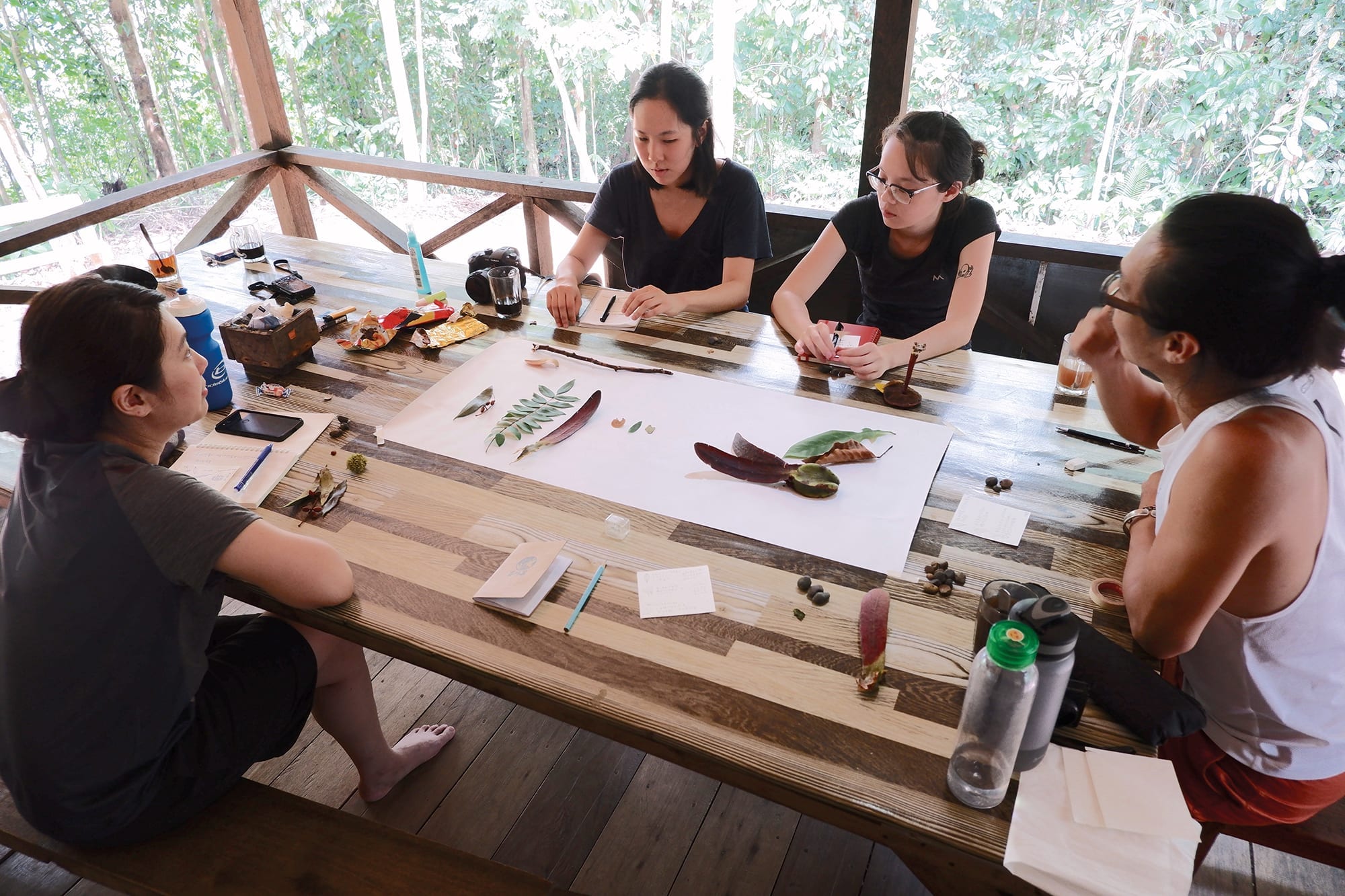
Learning and understanding nature is not purely a scientific process but also an artistic one. Whether it is through observing the visually rich patterns, shapes, and colors in a rainforest, or appreciating the rhythms and melodies made in the natural world, or simply letting ourselves be creatively inspired by the unruliness of the wild.
Our journey to Sumatra, organized by Suaveart, is part of a larger project that aims to inspire and encourage creators and artists like us who care about our natural habitat and hope to raise environmental awareness.
Seeding Future
Tropical Rainforest Research Project
is a multi-disciplinary, long-term program initiated by Suaveart. It aims to explore art, science and environment in the rainforest region together with curators, artists, scientists, researchers, journalists, and more. The second edition of Seeding Future to Leuser ecosystem will take place in August 2020. Sign up here: www.seedingfuture.travel.blog